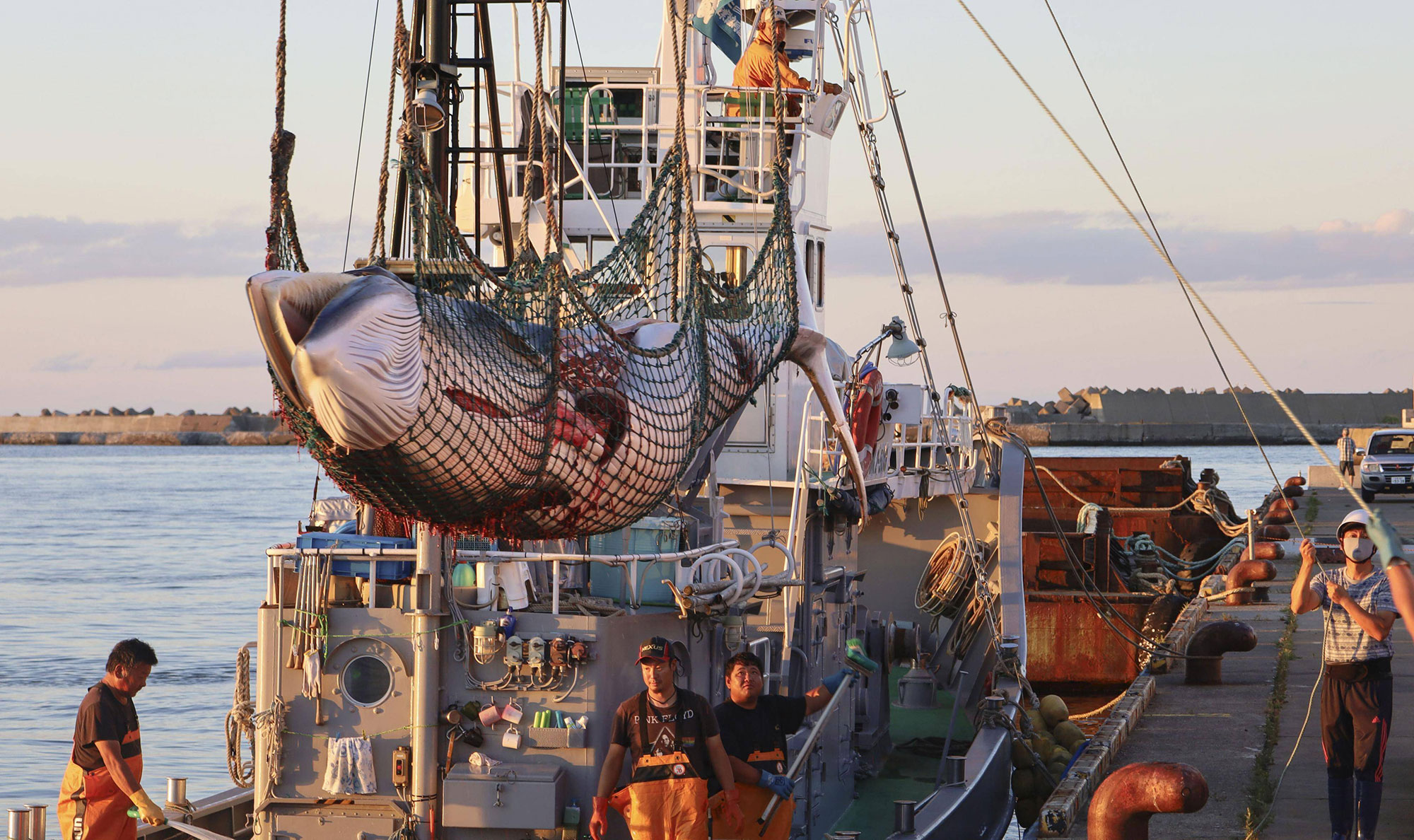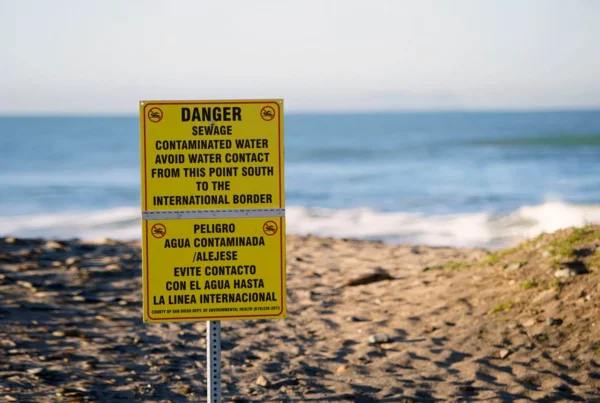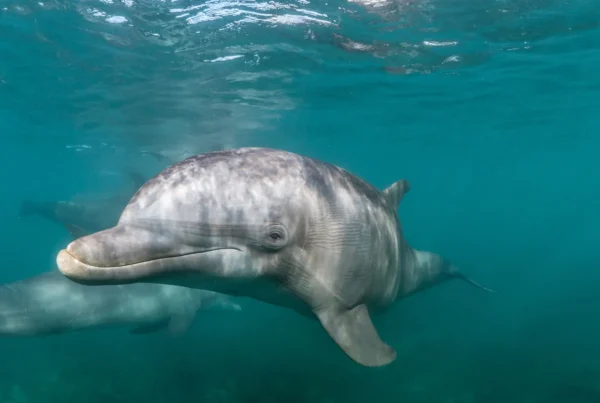Disapproving of Japanese commercial whaling on environmental and ethical grounds is an opinion, but whaling is economically unsustainable – that’s a fact.
Allison Westervelt, 13 November 2021
The Tokyo Organising Committee of the Olympic and Paralympic Games promoted the 2020 Olympics as the first zero carbon games in the history of the international sporting event, but conservationists took the attention on Tokyo as an opportunity to assert that as long as Japan continues its practice of commercial whaling, the games cannot be considered environmentally friendly.
The international community largely perceives whale fishing as cruel, whereas Japanese fisherman view it as a gift. Environmental organizations such as Greenpeace and Sea Shepherd are staunchly critical of whale hunting and the practice has been outlawed in many nations, although Japan recently resumed commercial whaling in 2019 after a 31-year hiatus.
Strongly negative perceptions of whaling from an animal rights perspective distract from the reality of the situation: the Japanese whaling industry is on the brink of collapse, and the success or failure of upcoming seasons will determine its future. Commercial whaling in Japan isn’t economically viable, and the fragile industry is being propped up by government subsidies.
A History of Whaling in Japan
Japan’s announcement that it would withdraw from the International Whaling Commission (IWC), the global body charged with whale conservation and the management of whaling, in December 2018 was highly controversial. Japan officially resumed commercial whaling in 2019 after it temporarily ended commercial hunting in 1986, although Japan had continued scientific whaling in the interim. In Japan whale hunting is a centuries-long tradition, potentially dating back as early as the Jomon period (14,500 BC-300 BC), but it did not begin on a larger scale until the late 17th century, and only in coastal communities.
By the late 19th century, whales were nearing extinction due to overfishing. After World War II when other food was scarce, whale consumption in Japan became common. More efficient fishing methods and industrial factory ships worsened the stock situation throughout the 20th century until IWC members implemented a hunting moratorium. Conservationist organizations were pleased by the decision, but whaling countries, including Japan, Norway, and Iceland, held hope that the moratorium would be lifted once the whale population had time to recover and members could agree on sustainable hunting quotas. At a meeting in Brazil in September of 2018, when the IWC adopted a declaration reaffirming “the importance in maintaining the moratorium on commercial whaling,” it became clear that the moratorium was not temporary.
Regardless, the moratorium allowed for some exceptions, including scientific whaling and subsistence whaling for indigenous populations. Since 1987, Japan has harvested between 200 and 1,200 whales annually, justifying this as scientific whaling to determine sustainable fishing quotas and monitor population growth. As whale meat harvested for research usually ended up for sale afterwards, critics assert that “scientific whaling” was a farse Tokyo used to hunt whales for food.
Whaling Is Not Culturally Relevant, Nor Is It Nutritionally Necessary
In the end, the realization that the commercial hunting moratorium would never be lifted prompted Japan to depart from the IWC. Since leaving the IWC, Japanese whalers avoid hunting in international waters and fish instead only inside Japan’s exclusive economic zone. Japan has also complied with the IWC’s rigid regulations for resource assessment, which demonstrates Tokyo’s commitment to fishing sustainably to appease the international community.
Whaling companies like Kyodo Senpaku are not permitted to harvest more than 1,500 tons of whale meet, a quota set by the Japanese government. The amount is less than the 2,400 tons that was previously allotted, and changing Japanese tastes means that whale meat prices are falling. In the 2018 financial year, sales were at 3 billion yen ($27 million), but that dropped to 2.6 billion yen ($24 million) in 2020 because the price of whale meat dropped from approximately 1,200 yen ($11) per kilogram to 800 yen ($7). As whale meat was eaten out of necessity following World War II, it is traditionally regarded as an inexpensive source of protein, not a delicacy. Whale meat was eaten widely in school lunches throughout the 1950s and 60s, giving it the image of a low-level food among older Japanese people.
Kyodo Senpaku, which owns the country’s sole long-range whaling vessel and currently dominates the floundering industry, operates at a significant loss. Although it leads the Japanese whaling industry, it took 1.3 billion yen ($12 million) in annual subsidies during 2020. That has been replaced by 1 billion yen ($9 million) in government loans for 2020, which it will receive until 2024. After this point Kyodo Senpaku’s whaling industry must become financially independent. In 2020, the Japanese Fisheries Agency paid 5.1 billion yen ($46 million) total in government subsidies to the whaling industry.
The bottom line is that Japanese whaling is unprofitable, and the industry remains afloat because of taxpayer subsidies. Unless the whaling industry can turn a profit, which is unlikely considering that stockpiles of unsold whale meat continue to grow and whale consumption is approximately 1 percent of its peak in the 1960s, it won’t survive for long.





